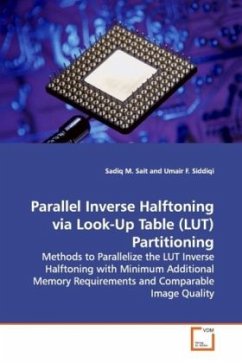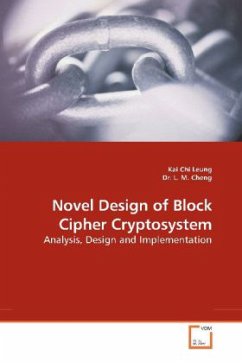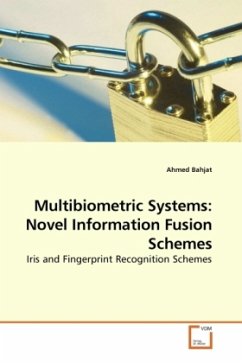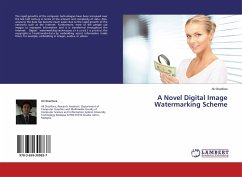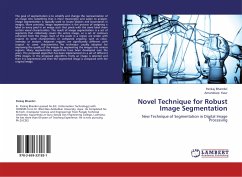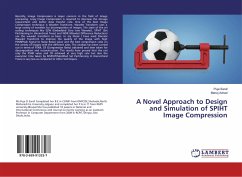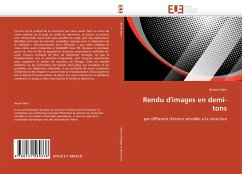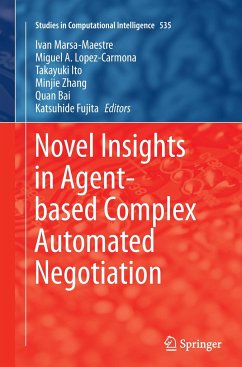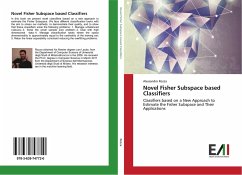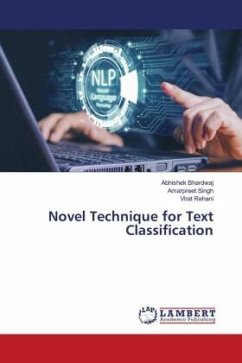
Novel Image coding and Inverse Halftoning
Learning- and Texture-Based Approach
Versandkostenfrei!
Versandfertig in 6-10 Tagen
39,99 €
inkl. MwSt.

PAYBACK Punkte
20 °P sammeln!
Texture is an important feature in images and hasbeen widely used in many applications. Based on theclassified textures, this book presents a novellearning- and texture-based approach to design moreefficient image processing algorithms. Forcontext-based arithmetic coding, the block- andtexture-based training process is first applied totrain the multiple-template (MT) from the mostrepresentative texture features. Based on the MT, wenext present a texture- and MT-based arithmeticcoding algorithm to compress error-diffused images.For predictive coding, to improve the leastsquare approach, we pres...
Texture is an important feature in images and has
been widely used in many applications. Based on the
classified textures, this book presents a novel
learning- and texture-based approach to design more
efficient image processing algorithms. For
context-based arithmetic coding, the block- and
texture-based training process is first applied to
train the multiple-template (MT) from the most
representative texture features. Based on the MT, we
next present a texture- and MT-based arithmetic
coding algorithm to compress error-diffused images.
For predictive coding, to improve the least
square approach, we present a texture-based training
process to construct the multiple-window (MW) for
various image contents. Based on the MW, the texture-
and MW-based prediction scheme is presented to
compress gray images. For inverse halftoning, based
on the proposed variance gain-based decision tree, a
texture-based training process is presentedto
construct a lookup tree-table which will be used in
the reconstructing process. In the reconstructing
process, we propose an edge-based refinement scheme
to enhance the quality of the the
reconstructed gray image.
been widely used in many applications. Based on the
classified textures, this book presents a novel
learning- and texture-based approach to design more
efficient image processing algorithms. For
context-based arithmetic coding, the block- and
texture-based training process is first applied to
train the multiple-template (MT) from the most
representative texture features. Based on the MT, we
next present a texture- and MT-based arithmetic
coding algorithm to compress error-diffused images.
For predictive coding, to improve the least
square approach, we present a texture-based training
process to construct the multiple-window (MW) for
various image contents. Based on the MW, the texture-
and MW-based prediction scheme is presented to
compress gray images. For inverse halftoning, based
on the proposed variance gain-based decision tree, a
texture-based training process is presentedto
construct a lookup tree-table which will be used in
the reconstructing process. In the reconstructing
process, we propose an edge-based refinement scheme
to enhance the quality of the the
reconstructed gray image.



